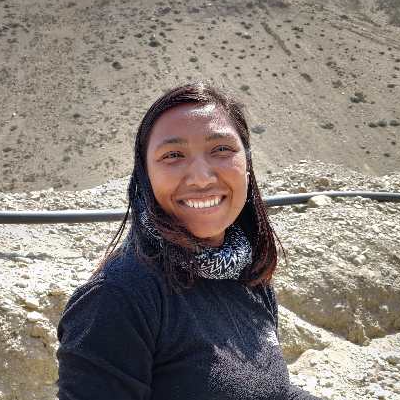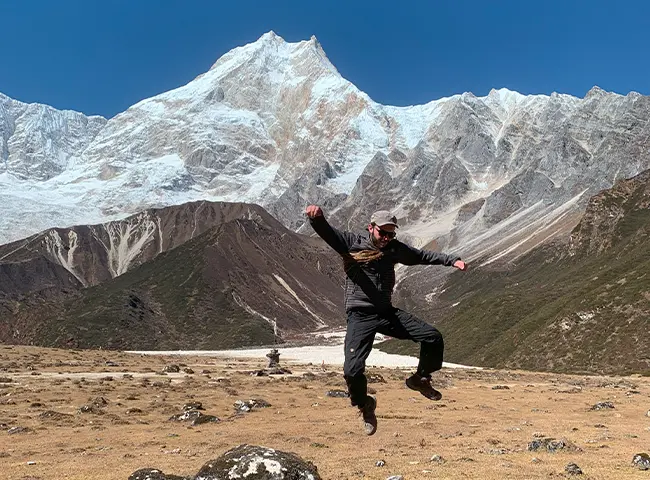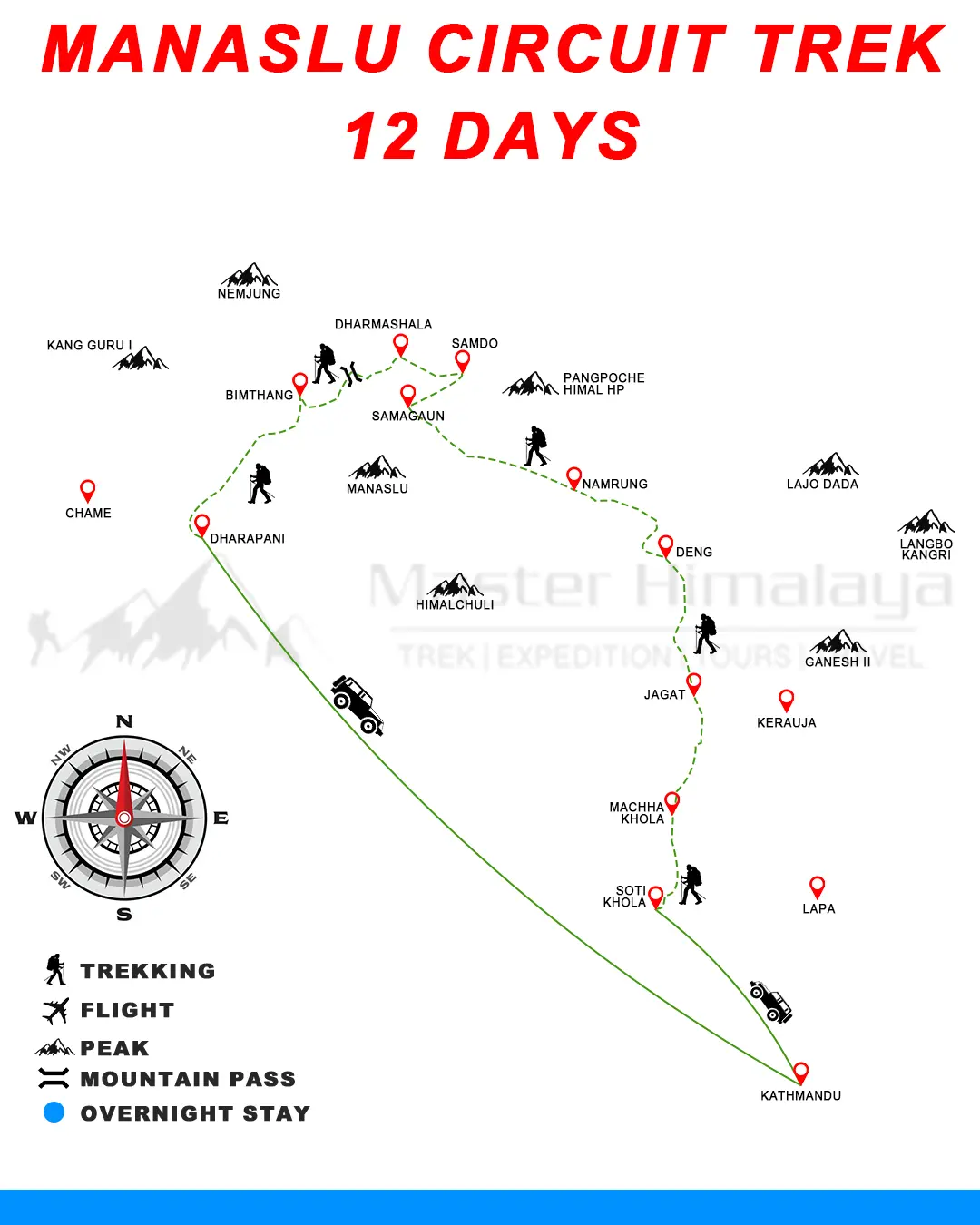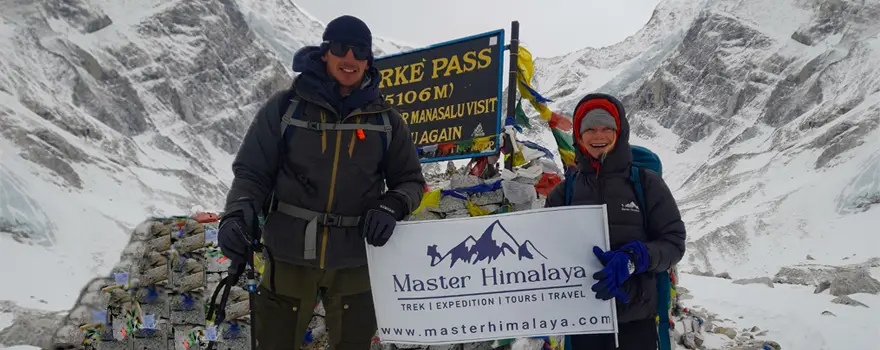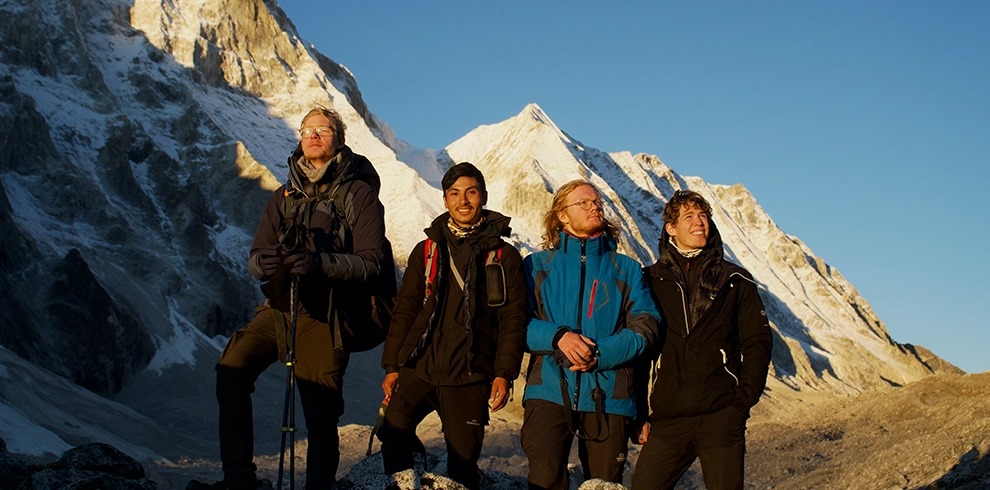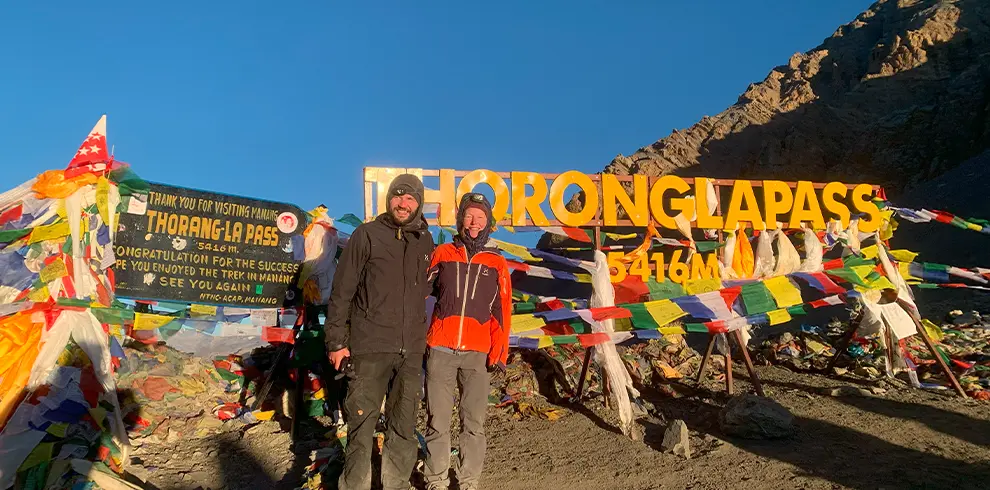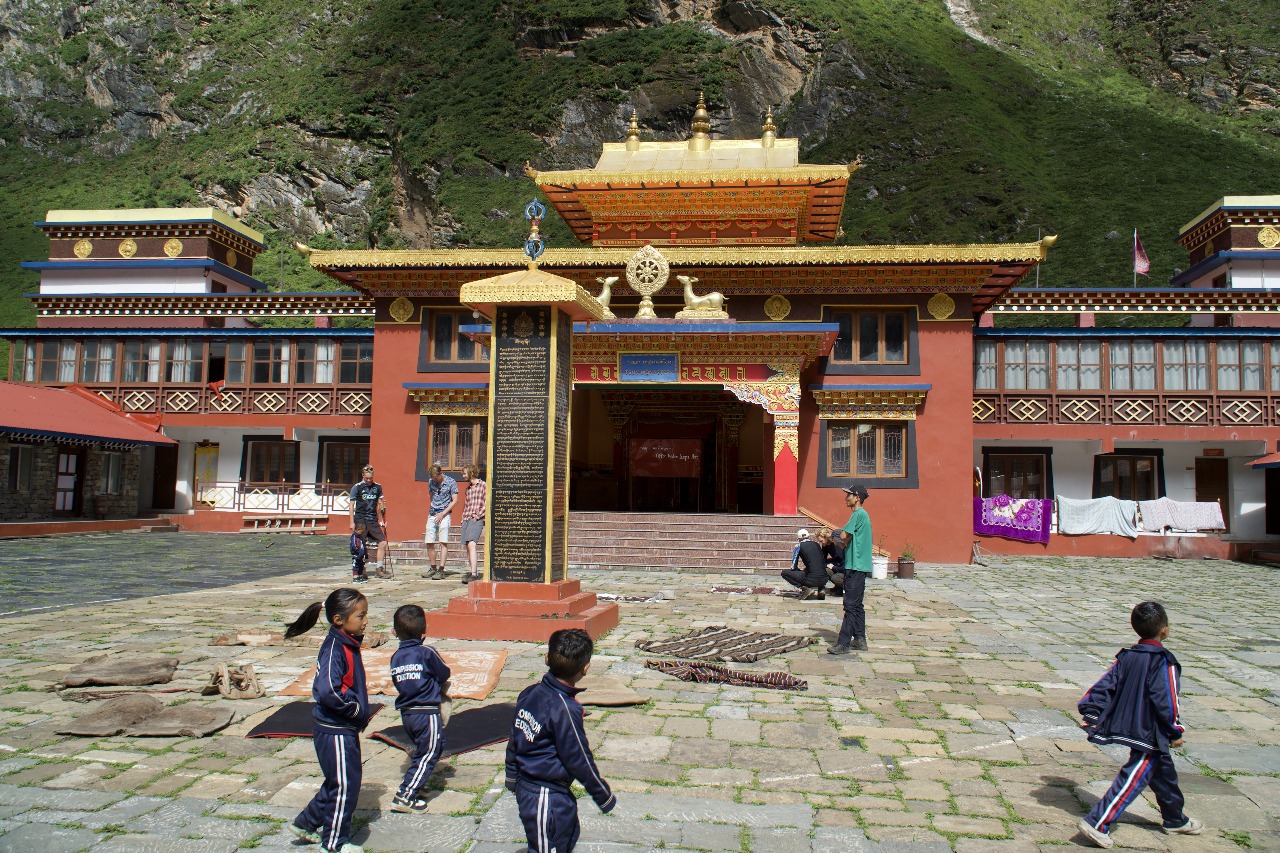The Manaslu Conservation Area in northern Gorkha has reached an exciting milestone, welcoming the highest number of foreign tourists ever recorded in a single year. According to the Manaslu Conservation Area Project (MCAP), a total of 12,512 foreign tourists visited the region during fiscal year 2081/82 (July 2024 – July 2025), breaking all previous records and signaling strong momentum in Nepal’s post-pandemic tourism recovery.
This latest figure marks a significant increase compared to the previous fiscal year, which saw 9,783 foreign arrivals. The steady rise in visitors is attributed to improved trekking trails, enhanced safety measures, increased promotional outreach, and the growing availability of well-equipped lodges and hotels along the trekking routes. As a result, Manaslu is gaining recognition as a quieter, more authentic alternative to more commercial treks like Everest Base Camp and Annapurna Circuit.
Of the total arrivals this year, 12,248 tourists came from non-SAARC countries, while 253 were from SAARC member states. An additional 11 Nepali trekkers also paid the necessary fees to hike in the area. MCAP data shows that French tourists topped the charts, with 763 men and 644 women visiting the Manaslu region. Other major source countries included Germany, the United States, the Netherlands, Israel, the United Kingdom, Australia, Spain, Russia, and Canada, highlighting the region’s growing appeal among global trekkers.
Over the last few years, the Manaslu region has seen a consistent upward trend in tourism:
2078/79: 2,222 foreign visitors
2079/80: 7,750
2080/81: 9,783
2081/82: 12,512
This sharp growth illustrates how the region has recovered from the COVID-19 downturn and is now on a path of sustainable development. Local authorities and tourism officials are optimistic but cautious, recognizing the need to manage this growth responsibly to protect the environment and cultural heritage of the area, especially the remote villages in the Nubri and Tsum valleys.
With its majestic landscapes, culturally rich communities, and increasing accessibility, the Manaslu region is rapidly transforming into one of Nepal’s premier trekking destinations. The latest numbers not only underscore its popularity but also reflect the growing desire among travelers to seek out more meaningful, immersive, and less crowded trekking experiences in the Himalayas.
Top Treks in the Manaslu Region
If you're planning to explore the region, here are the two most popular trekking routes, including day-by-day itineraries and estimated costs.
1. Manaslu Circuit Trek
Duration: 14–16 days
Difficulty: Moderate to Challenging
Max Altitude: 5,160 m (Larkya La Pass)
Best Time: March–May and September–November
Estimated Cost: €950–€1,200 per person (all-inclusive with guide, permits, porter, meals, lodging, transport)
Sample Itinerary (15 Days):
Day 1: Drive from Kathmandu to Machhakhola
Day 2–5: Trek through Jagat, Deng, Namrung
Day 6: Reach Lho – First views of Mt. Manaslu
Day 7: Trek to Samagaun – Acclimatization day
Day 8–9: Hike to Manaslu Base Camp or Pungyen Monastery
Day 10: Samdo
Day 11: Dharmasala (High Camp)
Day 12: Cross Larkya La Pass to Bimthang
Day 13–14: Trek to Dharapani
Day 15: Drive back to Kathmandu
This trek is ideal for trekkers who want a remote, scenic Himalayan experience with a mix of nature, culture, and high mountain adventure.
2. Tsum Valley Trek
Duration: 17–20 days
Difficulty: Moderate
Max Altitude: 3,700 m (Mu Gompa)
Best Time: March–May and September–November
Estimated Cost: €1,100–€1,300 per person
Sample Itinerary (18 Days):
Day 1: Drive from Kathmandu to Machhakhola
Day 2–4: Trek through Jagat, Lokpa, Chumling
Day 5–8: Reach Chhokangparo, visit Milarepa Cave and Mu Gompa
Day 9: Explore Mu Gompa and Dhephyudonma Monastery
Day 10–14: Return via Rachen Gompa and Chumling
Day 15–18: Join the Manaslu Circuit at Deng and trek to Dharapani
Day 18: Drive back to Kathmandu
Tsum Valley is culturally rich and spiritually significant. Known as the “Hidden Valley of Happiness,” it’s perfect for trekkers looking to immerse themselves in Tibetan Buddhist traditions while trekking through remote Himalayan landscapes.
What it means for trekkers looking forward to do the manaslu circuit trek in 2025/2026!
The record-breaking number of foreign visitors to the Manaslu Conservation Area in 2081/82 is a strong signal that this once lesser-known Himalayan gem is quickly gaining recognition on the global trekking map. For adventurers planning their Manaslu Circuit trek in 2025 or 2026, this surge in popularity offers both excitement and practical benefits. With more travelers discovering the Manaslu region, the trail infrastructure is improving expect better-maintained paths, increased safety measures, and a wider choice of teahouses and lodges offering comfortable stays. It also means more reliable local services such as experienced guides, porters, and transportation options. On the flip side, while the Manaslu Circuit Trek still retains its off-the-beaten-path charm compared to Everest or Annapurna, it’s wise to book early, especially during peak seasons (March–May and October–November), as demand continues to rise. The growing number of trekkers reflects not just the region’s stunning natural beauty and cultural depth, but also Nepal’s increasing focus on sustainable tourism and conservation. All signs point to Manaslu becoming a prime trekking destination and 2025/2026 could be the perfect time to experience it before it gets even more crowded.
Final Thoughts
With over 12,500 foreign visitors in the last year alone, the Manaslu region has firmly established itself as a must-visit trekking destination. Whether you choose the dramatic heights of the Manaslu Circuit or the mystical paths of Tsum Valley, this region offers a journey into the heart of Nepal's untouched beauty. As trekking continues to grow in popularity, responsible and sustainable tourism will remain key to preserving what makes Manaslu so special.
Planning your trek? Get in touch with us for customized itineraries, group joining dates, permits, and expert local guides.




